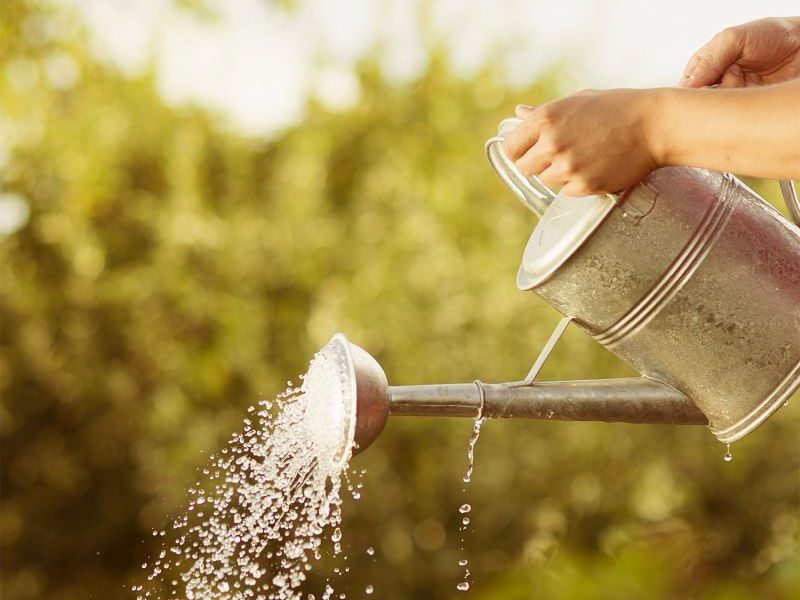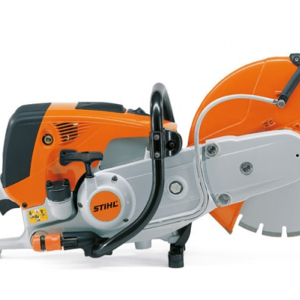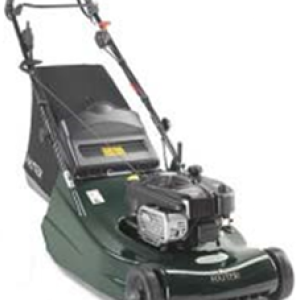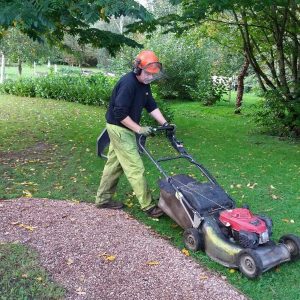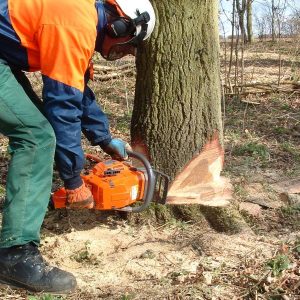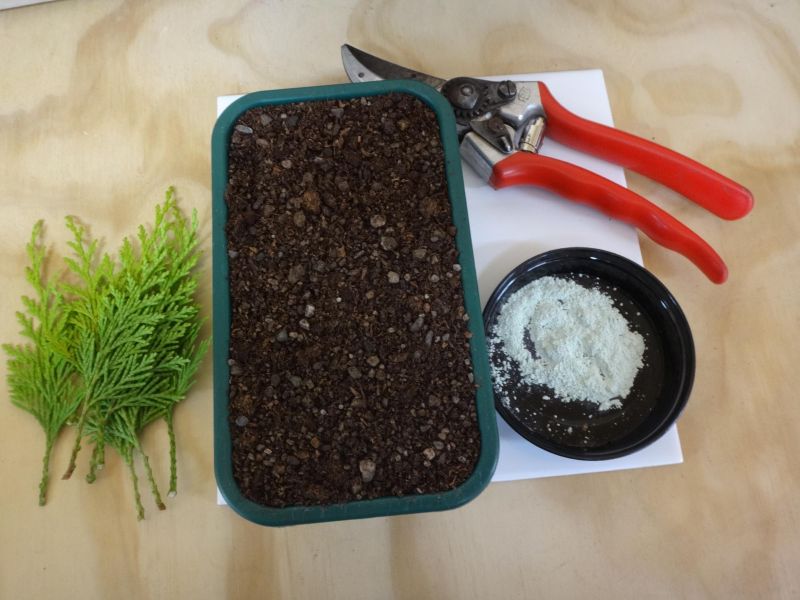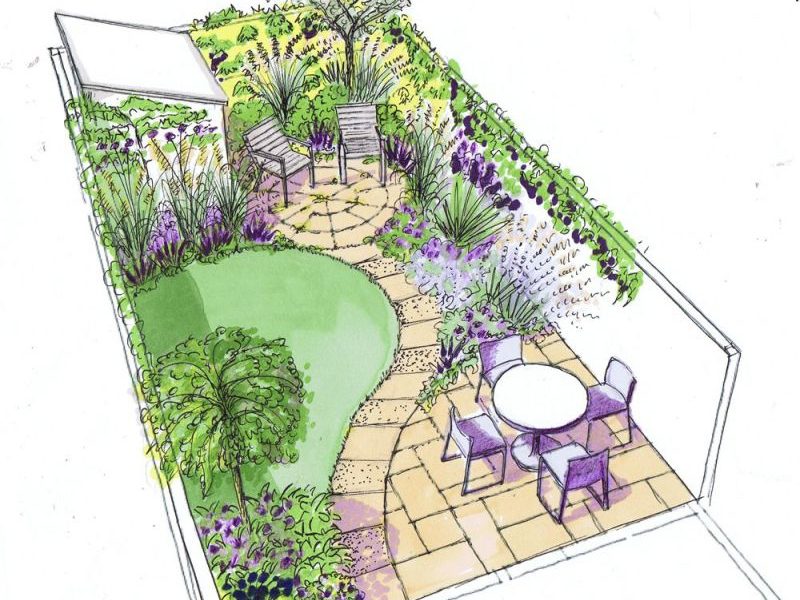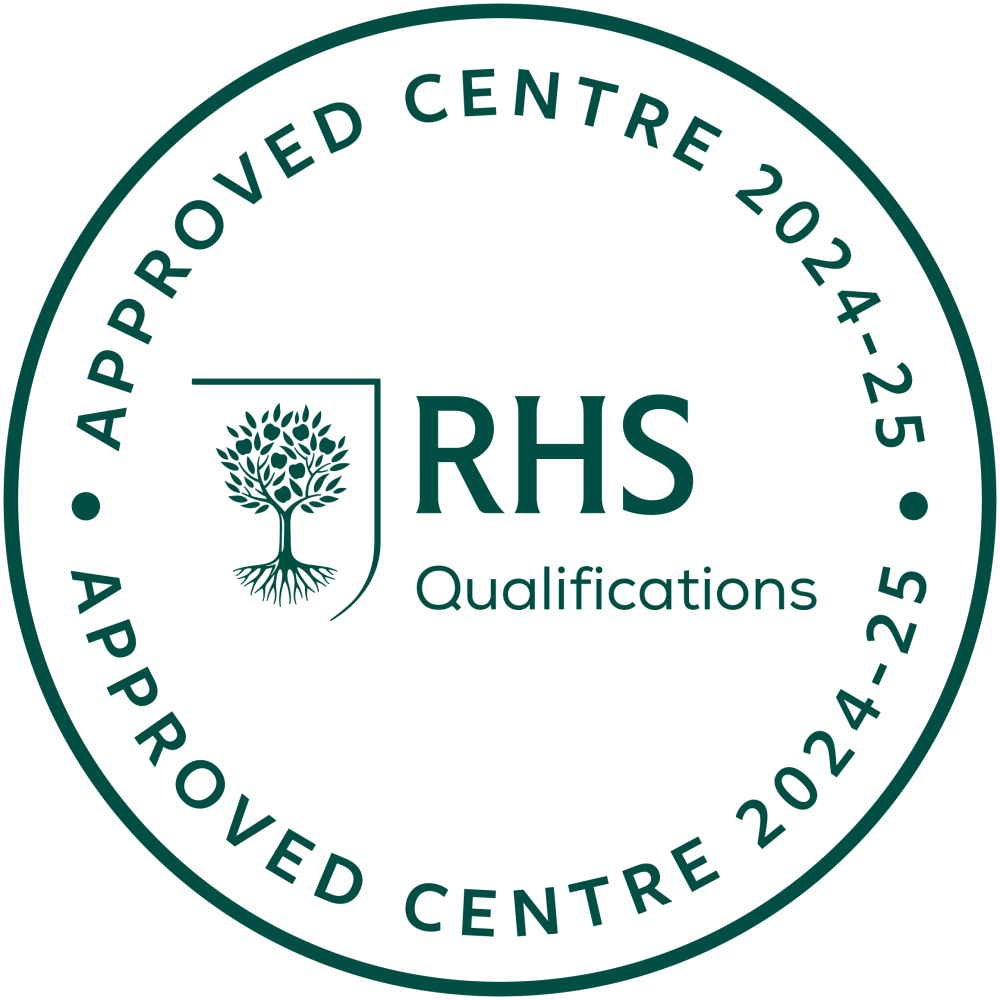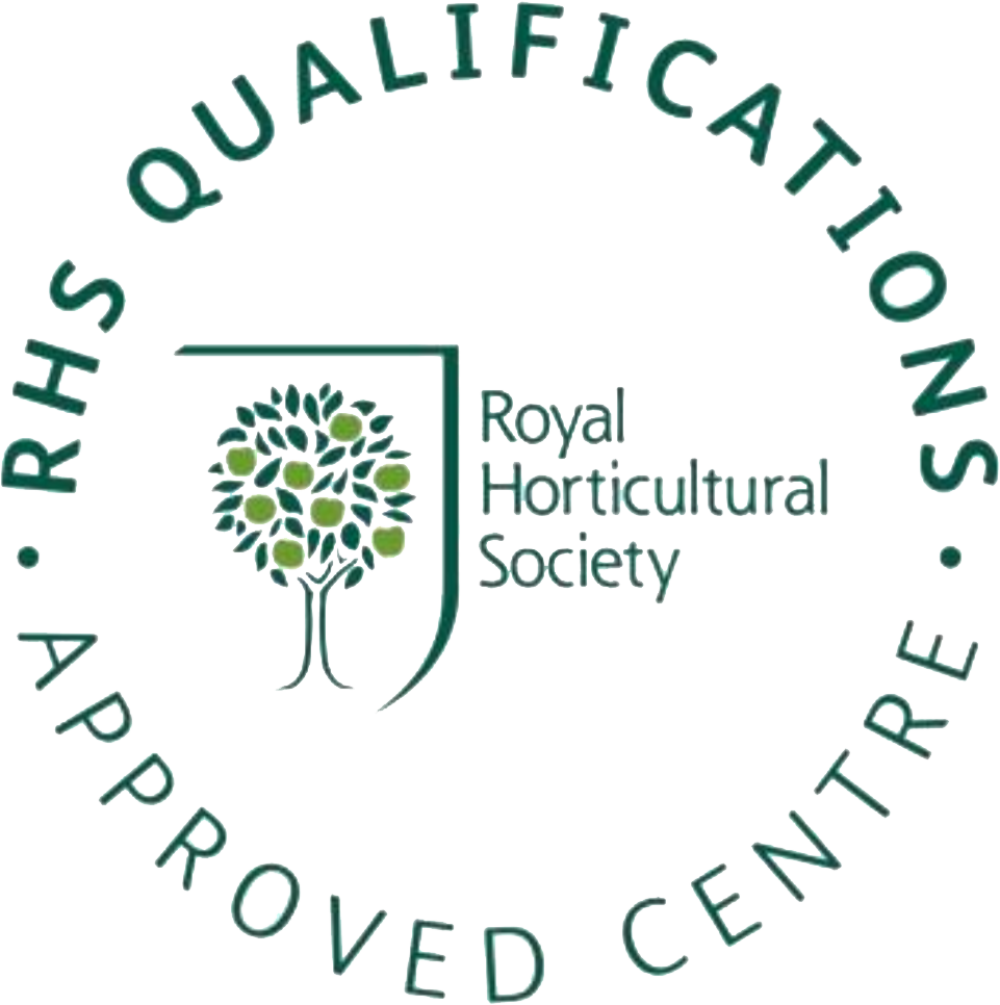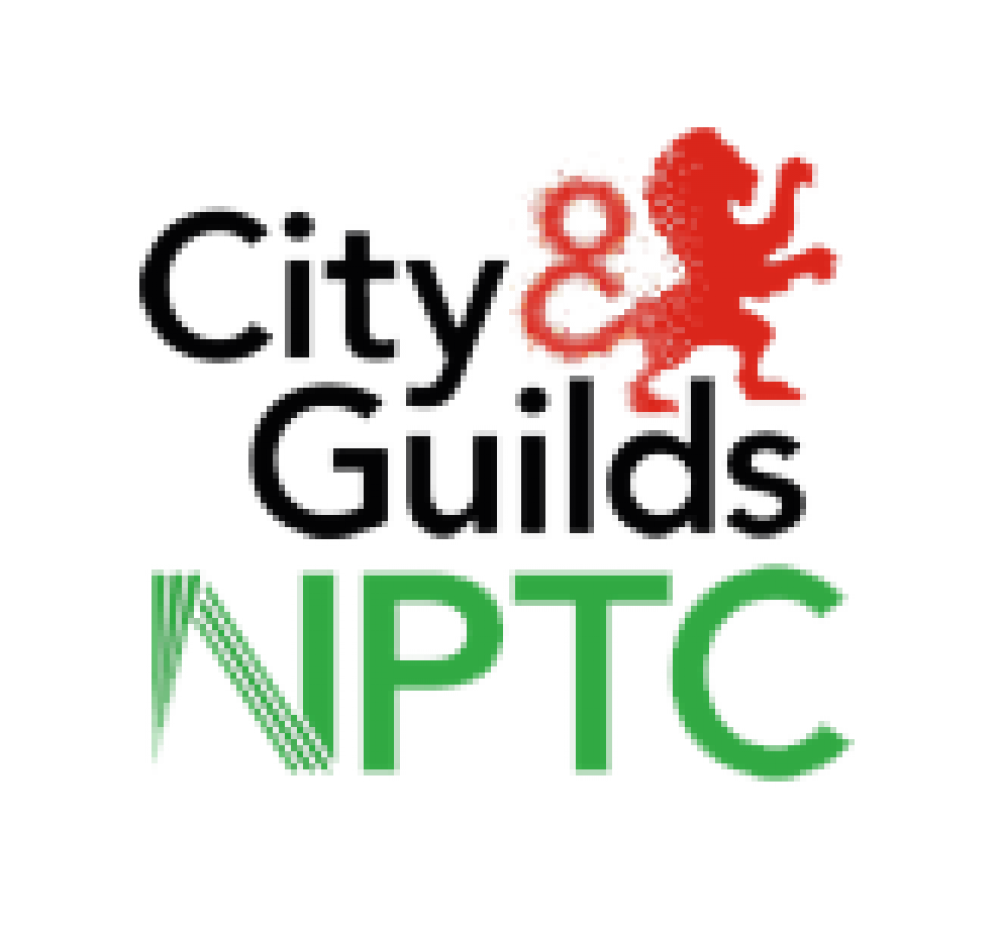The following themes will be considered throughout all the units:
- Health and safety
- Environmental and sustainability issues
- Tools and equipment, maintenance, and use
- Plant identification
- Plant pests and diseases
- Sourcing information
- Record keeping
The specific units are as follows:
Unit Number: CPH-01: Looking at Plants
Learning Aim: Gain an overview of plants and how they are named.
Learning Objectives: After completing this unit, the students will be able to:
State the basics of plant lifecycles (i.e., annual, biennial, and perennial).
Use botanical plant names.
Name plant structures.
Assessment:
Plant identification: 10 plants from the list of 20 provided to students.
Completed online quiz or worksheets.
Unit Number: CPH-02 : Soil Care
Learning Aim: Gain an understanding of the principles and practices of looking after the soil.
Learning Objectives: After completing this unit, the students will be able to:
Evaluate soil structure & texture.
Determine soil pH.
Cultivate soil by digging and forking
Apply and/or incorporate organic matter to the soil.
Remove weeds and prevent weed re-growth.
Select the correct tools for cultivating soil.
Maintenance of tools (including sharpening & cleaning).
Assessment:
Digging and/or forking of an area of soil, including weed removal.
Maintenance of tools.
Completed online quiz or worksheets.
Unit Number: CPH-03: Feeding & Watering
Learning Aim: Gain an understanding of the principles and practices of feeding & watering plants.
Learning Objectives: After completing this unit, the students will be able to:
State fertilizer types and application methods.
Identify a range of irrigation equipment.
Calculate fertilizer application rates, using step-by-step worksheets.
Apply both liquid and granular fertilizer.
Assess the irrigation needs of plants using appropriate irrigation terminology.
Irrigate plants using a watering can and a hosepipe.
Assessment:
Assess the irrigation requirements of a batch of plants, irrigate as appropriate.
Completed online quiz or worksheets.
Unit Number: CPH-04: Seed Propagation
Learning Aim: Gain an understanding of the principles and practices of seed propagation.
Learning Objectives: After completing this unit, the students will be able to:
State the advantages and disadvantages of seed propagation.
List the key environmental storage factors that affect seed viability.
Clean seed prior to sowing.
Prepare an outdoor soil seedbed.
Flat drill & v-drill and direct drill sow seeds in the prepared soil bed.
Correctly fill & prepare containers with seed sowing media.
Broadcast & space sow seeds in the filled containers.
Label & water all sown seeds.
Assessment:
Prepare an outdoor seedbed.
Sow seeds both by space sowing and broadcast methods in either containers or outdoor seedbed.
Seeds must be covered, labelled and watered if appropriate.
Completed online quiz or worksheets.
Unit Number: CPH-05: Vegetative Propagation
Learning Aim: Gain an understanding of the principles and practices of vegetative propagation.
Learning Objectives: After completing this unit, the students will be able to:
State the advantages and disadvantages of vegetative propagation.
State the different methods of vegetative propagation.
Select appropriate vegetative propagation material.
Collect, prepare & insert a range of cuttings.
State the factors important in the propagation environment (inc. media).
Carry out the aftercare of propagated material (inc. labelling and watering).
Divide herbaceous plants.
Assessment:
Propagate two different plants. At least one of these must be by cuttings.
Collect, prepare and insert the vegetative material. Labelling must be carried out correctly.
Completed online quiz or worksheets.
Unit Number: CPH-06: Growing Media & Potting
Learning Aim: Gain an understanding of the principles and practices of growing plants in pots and different growing media.
Learning Objectives: After completing this unit, the students will be able to:
State the reasons for growing plants in containers.
Select appropriate pots for a range of different plants.
Identify the properties of a range of different growing media ingredients.
State how to mix a batch of growing media.
Prick-out seedlings into small pots.
Pot-on plants into a larger pot size.
Demonstrate potting correctly in relation to depth of plant, level of growing media, positioning of plant in centre of pot and firmness of media.
Carry out the immediate aftercare of plants that have been potted e.g. standing down and irrigating.
Assessment:
Decide if plants need to be potted and choose appropriate containers for them.
‘Prick-out’ and/or ‘pot-on’ a batch of plants.
Irrigate the batch of plants using a watering can or hosepipe.
Completed online quiz or worksheets.
Unit Number: CPH-07: Planting
Learning Aim: Gain an understanding of the principles and methods of planting plants in soil.
Learning Objectives: After completing this unit, the students will be able to:
State planting techniques for a range of different types and sizes of plants.
State a range of tree support mechanisms and when to use them.
State the reasons for using mulches & a range of materials that can be used.
Prepare & mark out an area for planting.
Plant out the area with small plants following a given plan.
Demonstrate the planting and support of a standard sized tree
Water & mulch post-planting.
Select & maintain tools.
Assessment:
Plant an individual specimen tree or large shrub or plant out several small plants following a given plan.
Completed online quiz or worksheets.
Unit Number: CPH-08: Pruning & Training
Learning Aim: Gain an understanding of the principles of pruning and training plants
Learning Objectives: After completing this unit, the students will be able to:
List the reasons for pruning and training plants.
Describe alternate methods for pruning and training plants.
Clean and sharpen bypass secateurs.
Use secateurs to prune plants correctly.
Use a hand saw to carry out 3-point pruning to remove thicker branches.
Select correct tools and materials for pruning and training.
Tie plants to canes or other support structures.
Assessment:
Carry out the appropriate training and pruning of a given plant(s).
Completed online quiz or worksheets.
